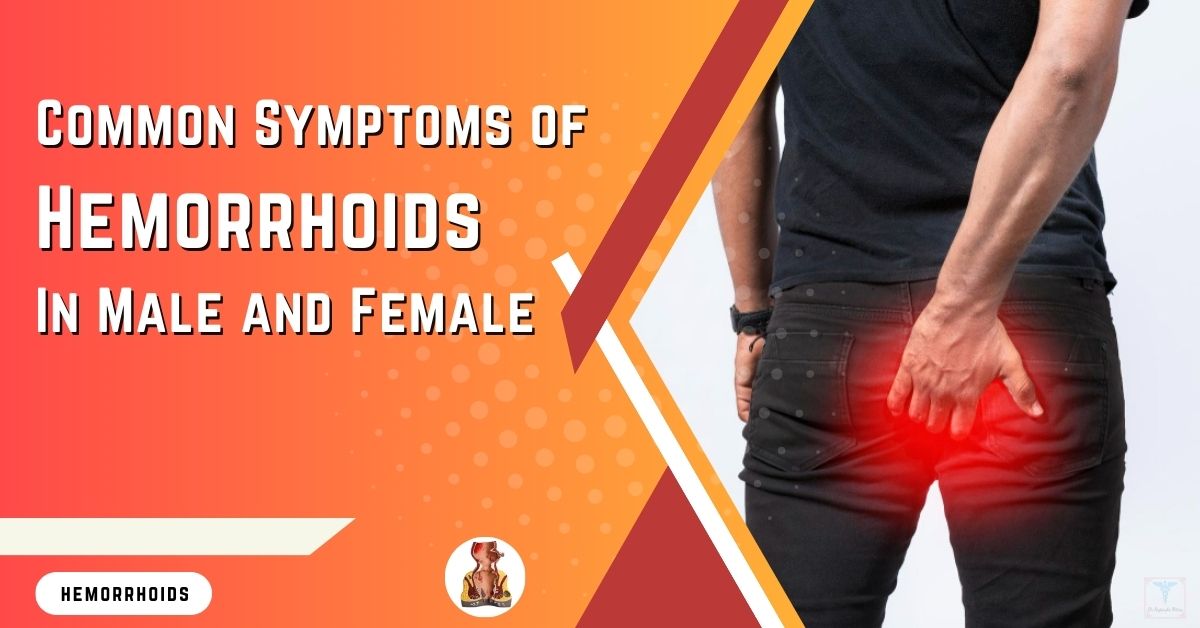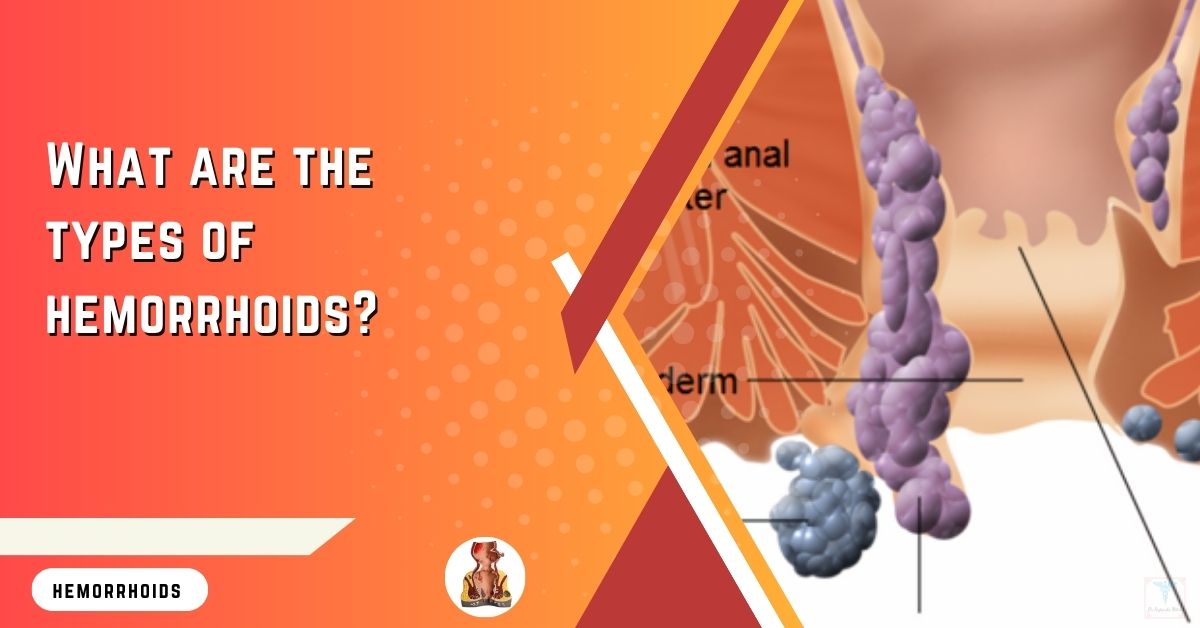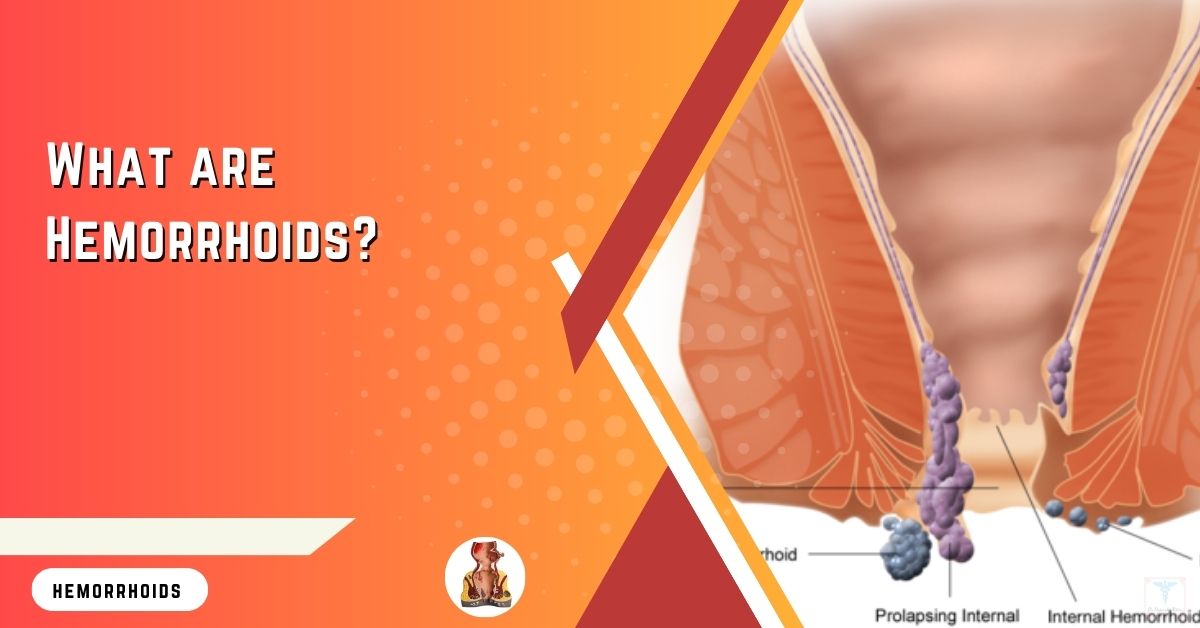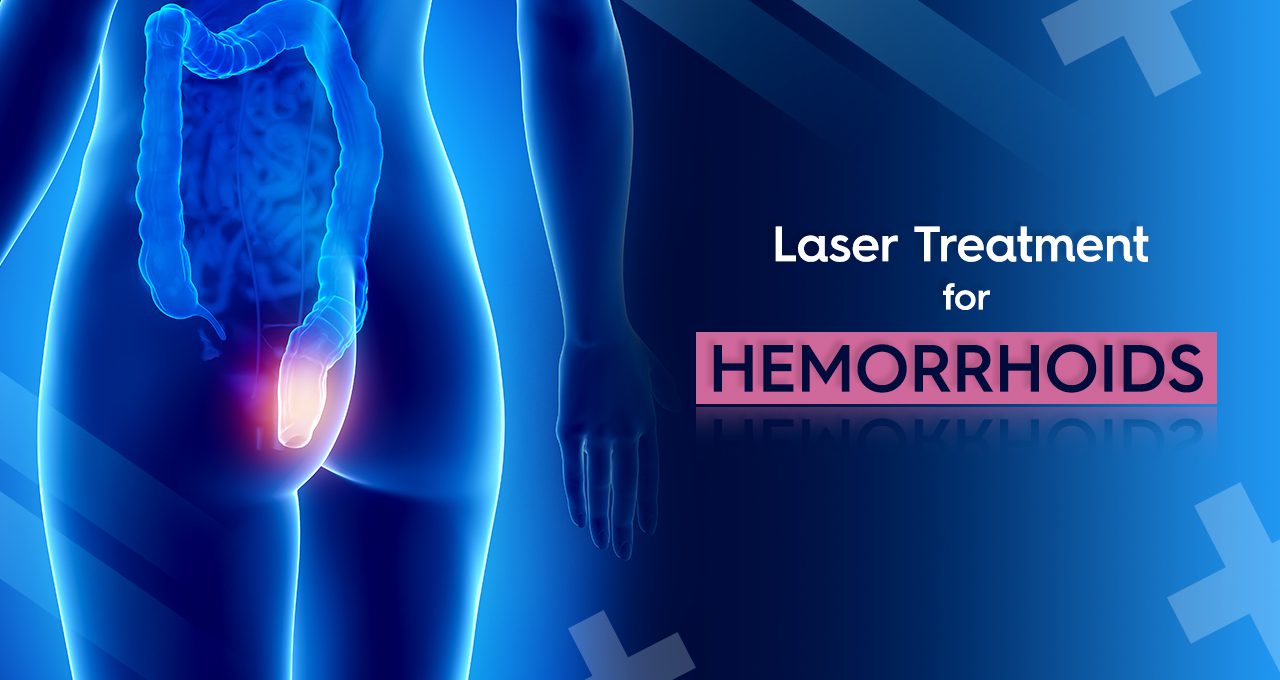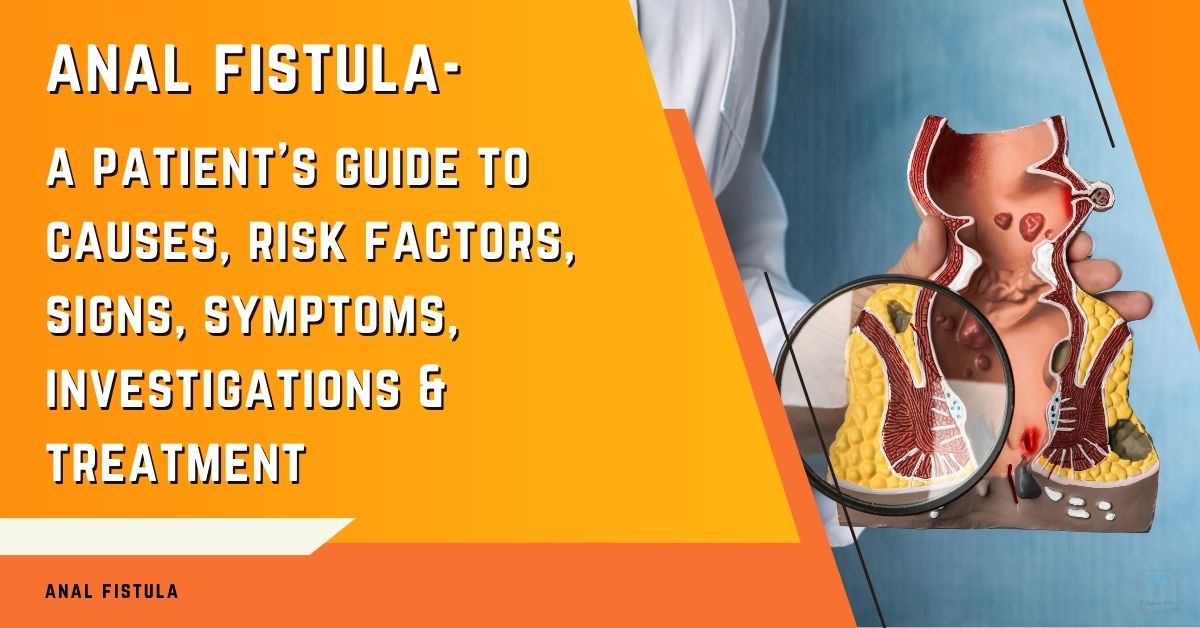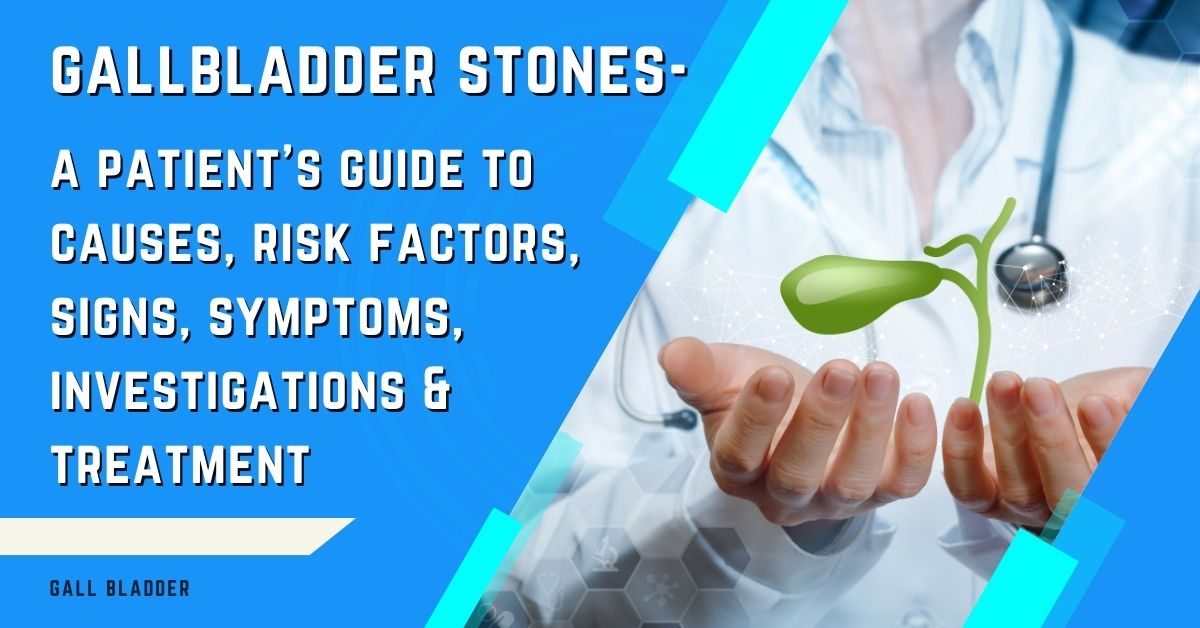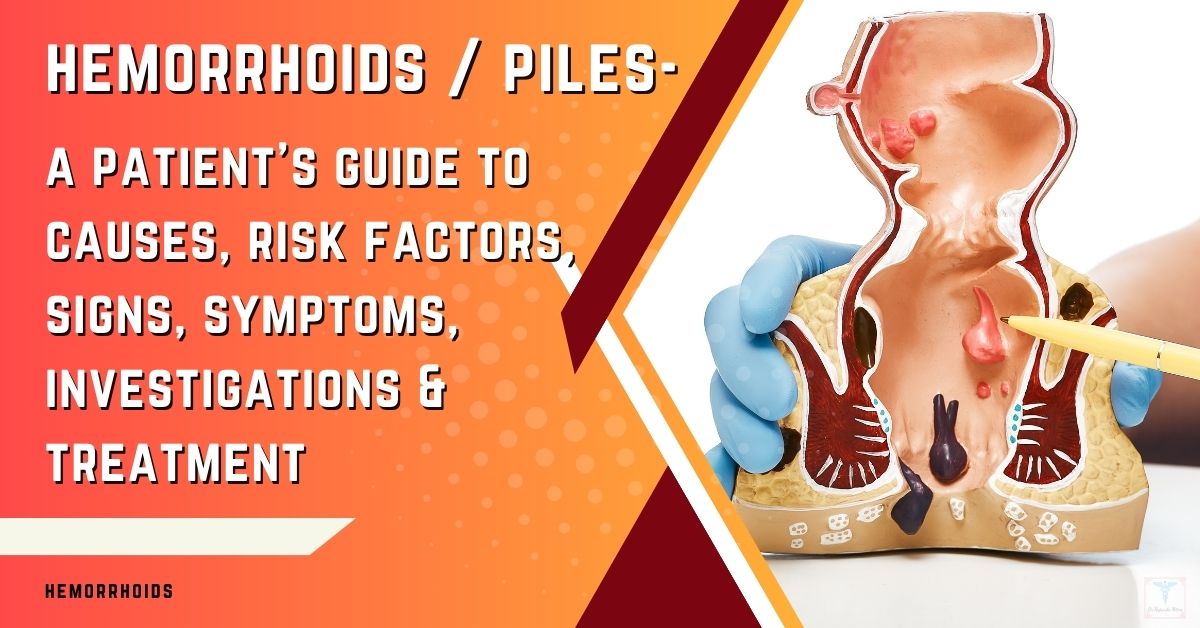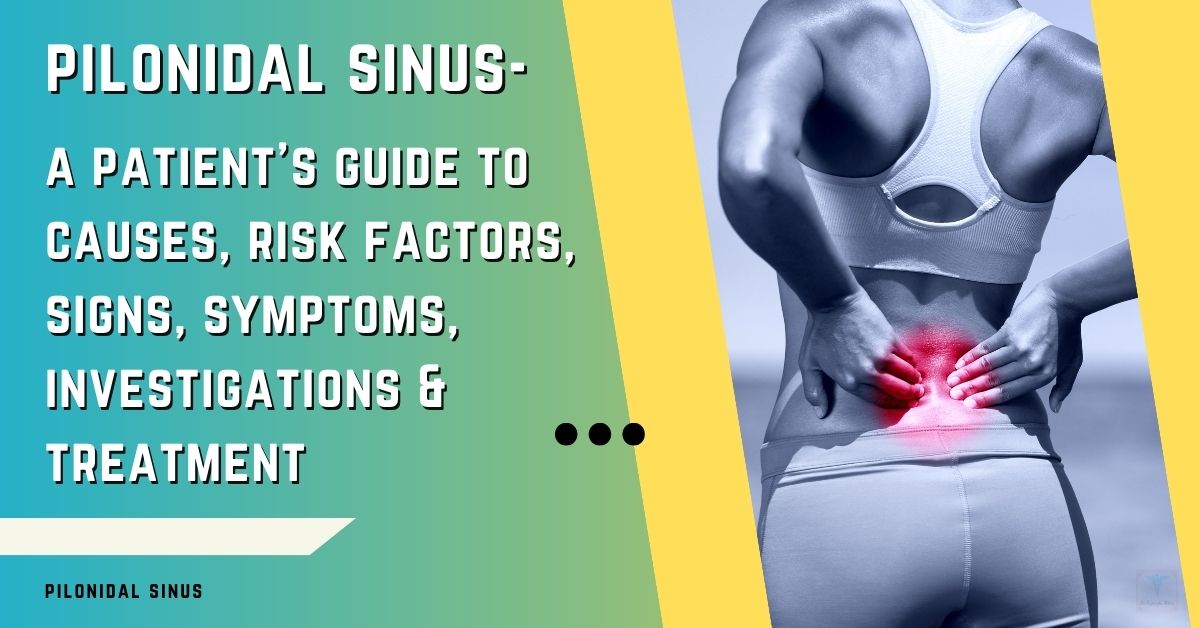Winter woes worsen when you’re wrestling with the discomfort of hemorrhoids/piles. As the chill sets in, you might find yourself grappling with the added distress caused by this common condition. However, there are proven ways to manage hemorrhoids during winter months quite effectively.
It’s crucial to comprehend that the cold season can exacerbate your symptoms, making it imperative to adopt strategies for relief and prevention. You need to know the right combination of diet, exercise, and self-care techniques that can help you navigate through these colder months with ease.
While you’re wrapped up in layers to keep the cold at bay, let’s unwrap the measures you can take to soothe your symptoms and possibly prevent flare-ups.
Stay with me as we explore the importance of hydration, the benefits of a fiber-rich diet, and other comforting strategies tailored to support your well-being during this challenging season.
Combating Hemorrhoids During Winter – Highlights
- Incorporate 20-30 grams of fiber into your daily diet.
- Dress in warm, layered clothing.
- Clean the affected area gently with mild soap and water.
- Consider over-the-counter options like Preparation H.
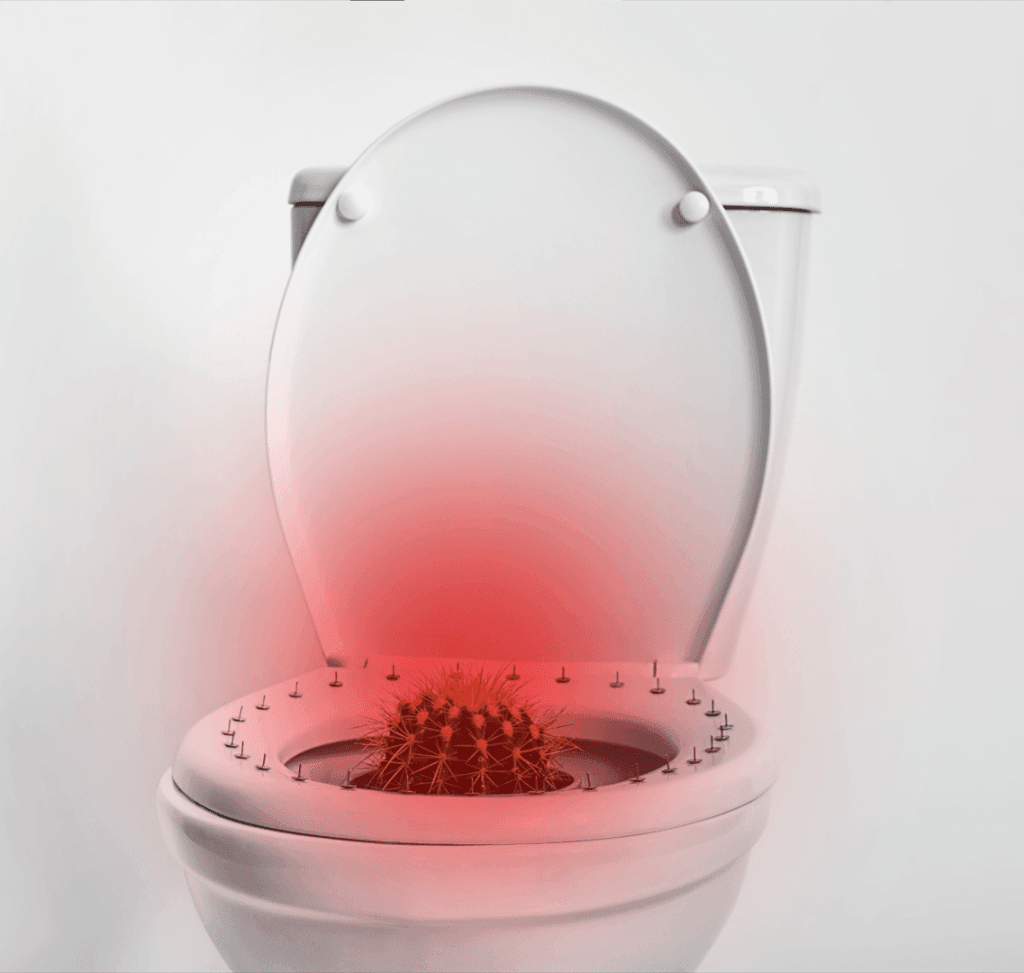
Adjusting Your Diet
Incorporating at least 20-30 grams of fiber into your daily diet can significantly alleviate hemorrhoid discomfort during the colder months. To add fiber, focus on a well-balanced diet that includes an abundance of fruits, vegetables, and whole grains.
These foods are not only nutritious but also aid in digestion and help maintain regular bowel movements.
If you’re struggling to meet your fiber needs through diet alone, consider a psyllium husk fiber supplement like Metamucil. It’s designed to improve bowel movement and avoid constipation, a common trigger for hemorrhoid flare-ups.
Remember to drink plenty of water when you increase your fiber intake; hydration is a crucial component in managing hemorrhoids.
However, if psyllium causes discomfort, don’t feel discouraged. Alternatives such as wheat dextrin or methylcellulose-based supplements can also help you achieve your daily fiber goals. It’s important to listen to your body and choose a supplement that works best for you.
Maintaining Warmth
To maintain comfort during the frigid winter months, it’s essential to keep your body, particularly the affected hemorrhoid area, warm and protected from the cold. Ensuring that you’re dressed in warm, layered clothing helps maintain warmth throughout your body, reducing the risk of exacerbating hemorrhoid discomfort.
The strategic use of heating pads can provide targeted warmth to the affected area, offering relief. You might also consider indulging in a sitz bath with warm water, which can soothe irritation and promote healing while keeping you comfortable.
This practice not only delivers direct warmth but also promotes blood flow, which is crucial for recovery.
It’s also advisable to avoid prolonged exposure to cold temperatures since it can lead to increased hemorrhoid symptoms. To add an extra layer of comfort during bathroom use, you may want to use a heated toilet seat or install a bidet that provides a warm water cleanse, ensuring the hemorrhoid area remains warm and irritation is minimized.
Lastly, keep your indoor spaces adequately heated. A consistently warm environment supports hemorrhoid comfort and prevents the additional strain that cold temperatures could impose on your body.
Remember, maintaining warmth is not just about immediate comfort—it’s a vital component of your hemorrhoid care during winter.
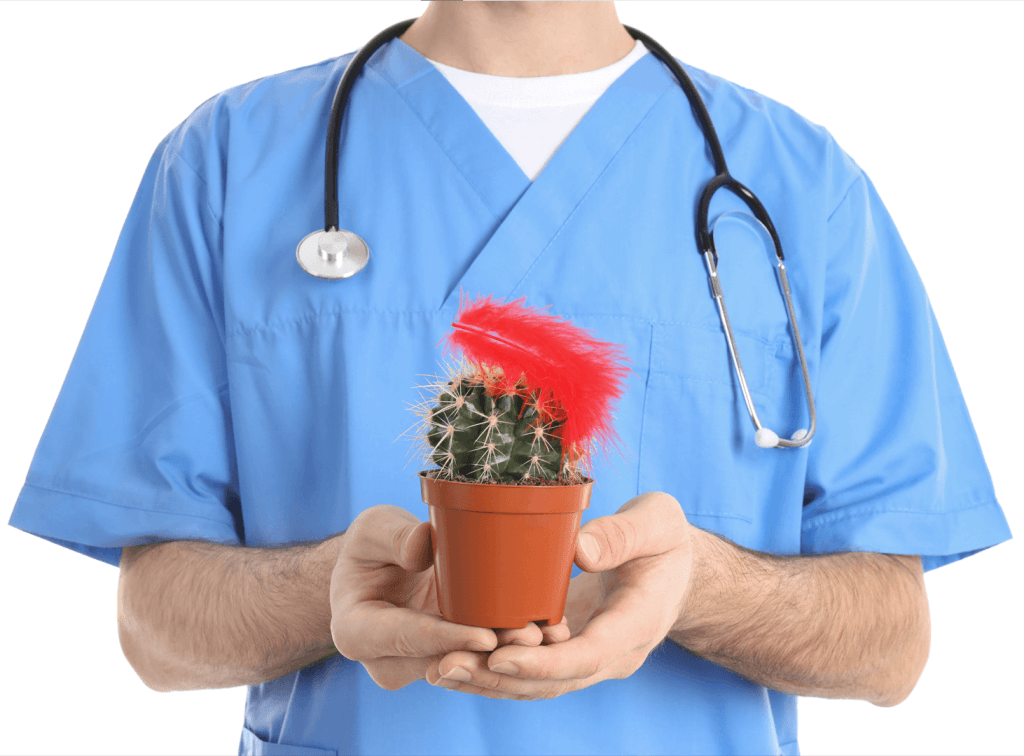
Proper Hygiene Practices
Maintaining proper hygiene is crucial for managing hemorrhoids, especially during the harsh winter months when the skin can be extra sensitive. By adopting proper hygiene practices, you’re taking an important step to reduce discomfort and promote healing.
Remember, you’re not alone in this struggle, and taking the right measures can provide much-needed relief.
Here’s what you need to know:
- Clean The Affected Area GentlyUse mild soap and water to clean the area after each bowel movement. This minimizes irritation and prevents infection.
- Pat The Area DryUse a soft, clean towel to avoid irritation. Gently dab, don’t rub, to keep the skin intact.
- Sitz BathsUse warm water to ease discomfort and add witch hazel for its anti-inflammatory properties. Avoid using rough toilet paper.
- AlternativesOpt for moistened wipes. A bidet can provide a gentle, thorough clean without friction. Wear loose, breathable cotton underwear.
The benefits of this 4-step regime are many. It keeps the area dry and promotes healing through better air circulation.
Topical Relief Methods
Applying topical treatments can offer direct and effective relief for hemorrhoid discomfort during the colder months. As you seek comfort from the painful symptoms associated with external hemorrhoids, consider incorporating topical relief methods into your routine.
Over-the-counter options like Preparation H provide targeted relief and are formulated to reduce swelling, alleviate pain, and soothe itching.
These products often contain ingredients such as witch hazel, known for its astringent properties that can help shrink hemorrhoidal tissues. Medicated wipes, too, are a convenient option, especially those infused with aloe vera or witch hazel, delivering a gentle, soothing effect while maintaining cleanliness in the affected area.
Don’t overlook the simple yet powerful impact of a cold compress. Applying it to the area can significantly reduce swelling and provide temporary pain relief. For a more natural approach, aloe vera gel and coconut oil can be applied topically to soothe irritation and promote healing.
Staying Hydrated and Active
While topical treatments provide external relief, ensuring adequate hydration and regular exercise is vital for managing hemorrhoid discomfort from within during the winter months. If you have stage 3 or stage 4 hemorrhoids, managing the discomfort becomes even more necessary.
You’re not alone in this struggle; many seek comfort and preventative measures against the aggravating symptoms of hemorrhoids. Staying hydrated is a cornerstone of good digestive health, which can help alleviate constipation and reduce the strain during bowel movements.
Staying Hydrated:
- Drink plenty of water throughout the day.
- Avoid excessive caffeine and alcohol to prevent dehydration.
- Avoid excessive caffeine and alcohol to prevent dehydration.
Being active plays a crucial role in maintaining regular bowel habits and preventing the pressure and swelling associated with hemorrhoids.
Being Active:
- Incorporate low-impact exercises like walking, swimming, or yoga.
- Take short breaks from sitting to move around and avoid prolonged inactivity.
Final Note From Dr. Rajarshi Mitra
You can manage hemorrhoids effectively in winter by adjusting your diet to include more fiber, maintaining warmth, practicing diligent hygiene, and applying topical treatments for relief.
Remember to stay hydrated and keep active to promote healthy bowel movements. If symptoms persist, don’t hesitate to consult your healthcare provider.
By adhering to these strategies, you’re taking important steps toward comfort and healing during the colder months.
Dr. Rajarshi Mitra is a patient-centered, highly-rated Specialist Laparoscopic Surgeon & Proctologist in Abu Dhabi, offering Advanced Laparoscopic Surgery, Minimally Invasive Proctology & Lasers in Proctology. He is MBBS; MS (Surgery); FIAGES; FICS (USA); Dip. Lap (France); and Dip. Hernia (APHS) with 18 years of extensive experience in Laparoscopic Surgery, Minimally Invasive Proctology and Fellowship training in Colorectal and Bariatric Surgery.








